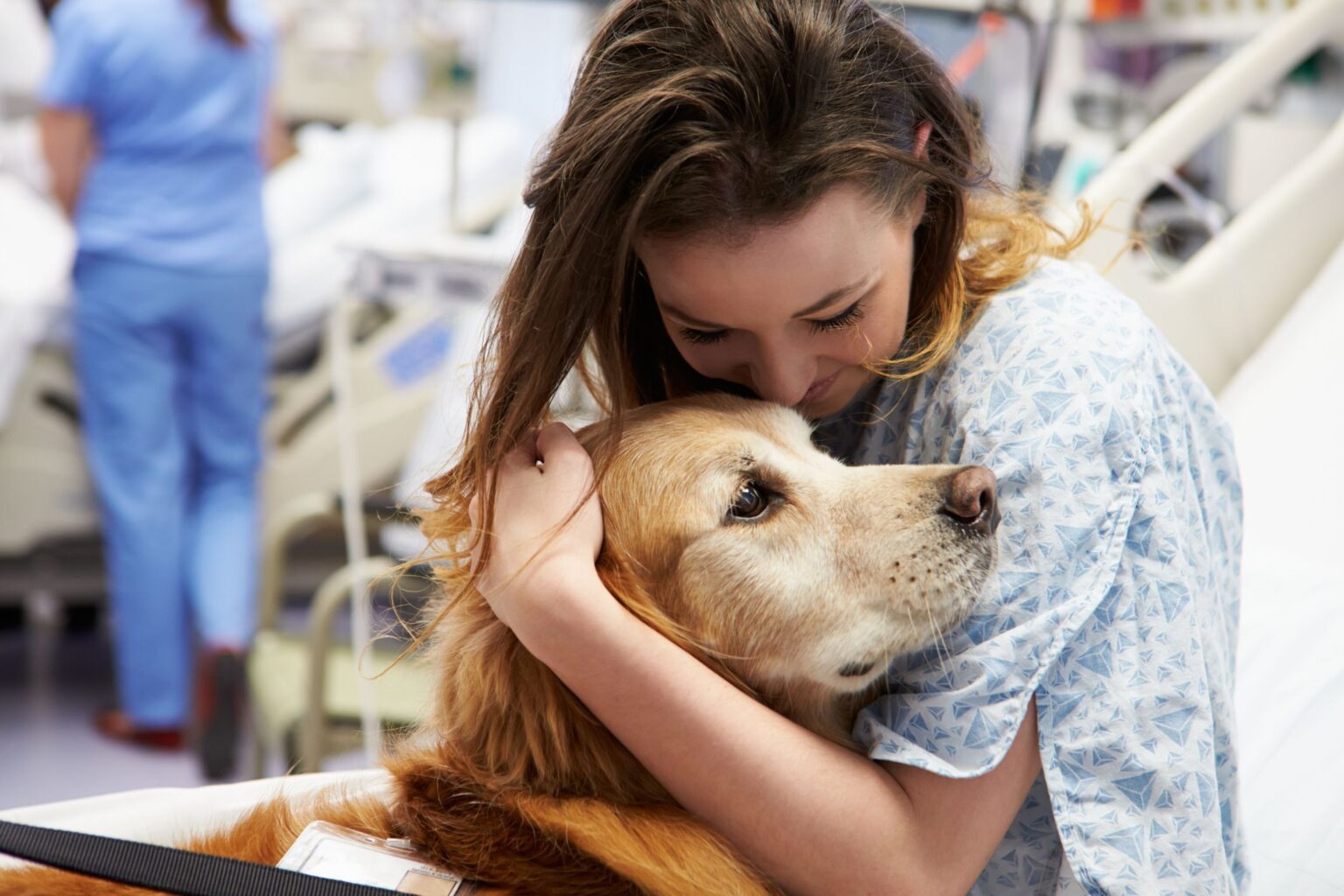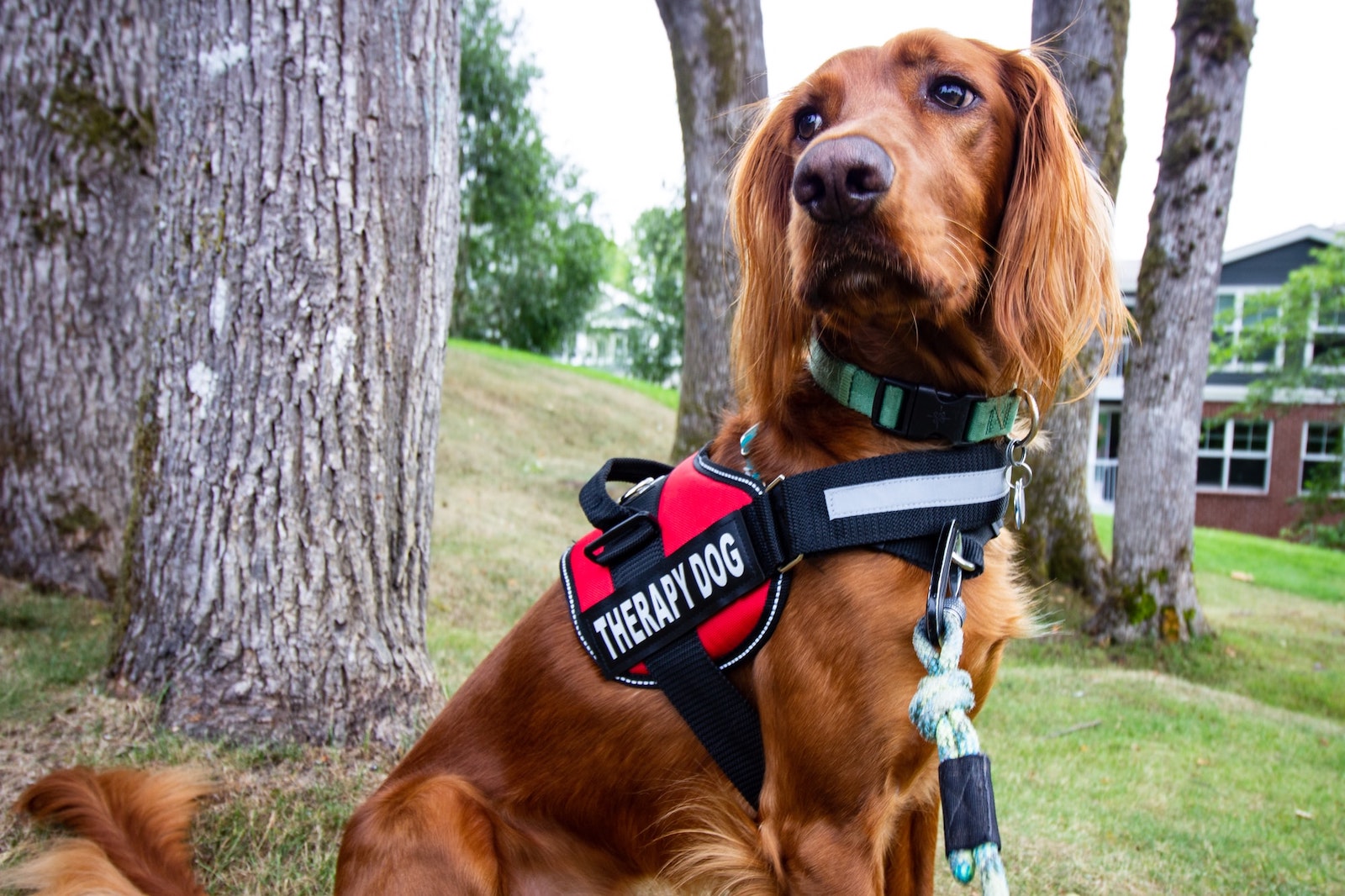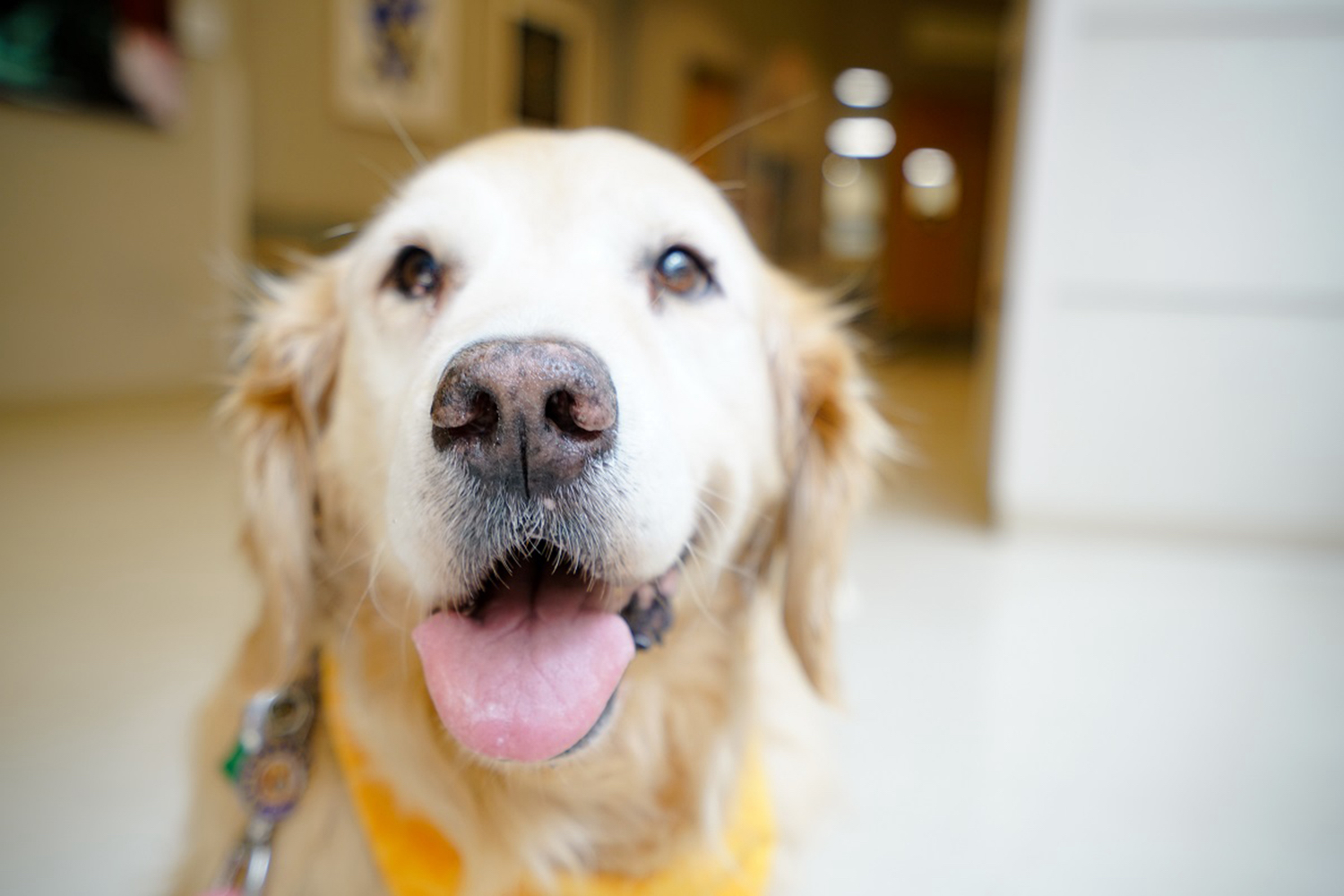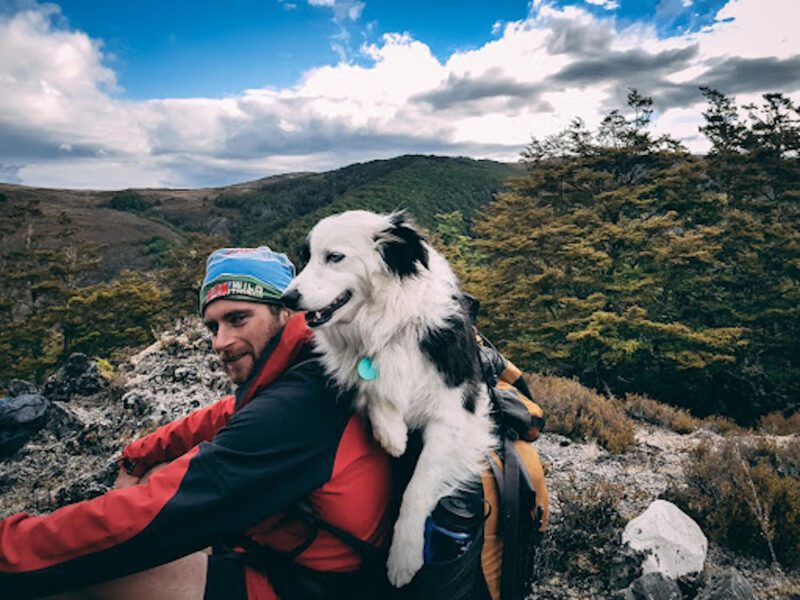
How to Train & Certify a Therapy Dog
Animals are capable of some pretty amazing things, especially when you give them a clear opportunity to shine. If there’s one animal that continues to prove their worth in society today, it’s the one and only dog. After all, there’s a reason they call dogs a man’s best friend — it’s true!
Although many people own a dog and welcome them as part of the family, some people take their ownership to the next level and train them to do some incredible things. This is where you’ll see certain dogs certified and designated as working dogs, service dogs, and therapy dogs.
While most people use these terms interchangeably, they’re nowhere near being the same thing. In fact, a therapy dog won’t be trained the same way and won’t hold the same certifications, rights, and capabilities as a working dog or service dog. Don’t worry, we’ll break it down for you!
So, what is a therapy dog?
A therapy dog is a dog that receives special training to provide psychological or physiological therapy to individuals other than their owners. They often travel with the owner to public settings such as hospitals, schools, disaster settings, nursing homes, retirement homes, and more.
In order for a therapy dog to be certified, they must be trained to be friendly, patient, confident, gentle, and calm — no matter what type of situation they’re in. For example, a therapy dog might travel to a school to help give young students the confidence to read out loud to the entire class.
In contrast, a working dog is trained and certified to assist humans with jobs or tasks by using their natural skill and talent (such as a police dog or military dog). On the other hand, a service dog is trained and certified to assist humans with disabilities (such as a guide dog for the blind).

Training a Therapy Dog
Therapy dogs are some of the friendliest and most-loving creatures on this planet. They provide the emotional support that many people need when getting through their daily activities — especially those that are sick or injured. They hold a special place in everyone’s hearts today.
While a therapy dog can be any breed, age, or size, they must be specially trained if they want to earn their status as a therapy dog. This training doesn’t have to come from a professional, so long as the training is done right by the owner. With that said, anyone can train a therapy dog.
When training your therapy dog, there are several traits and qualities you need to focus on. For example, therapy dogs need to be quiet, friendly, obedient, outgoing, gentle, caring, relaxed, unaggressive, and not easily startled. If they aren’t, they won’t make a good therapy dog. Additionally, you should invest in pet insurance to back up all this new training and to protect your pet’s health.
Here are some tips to keep in mind when training your dog to be a therapy dog:
- Consult a professional to ensure training is successful.
- Utilize positive reinforcement by rewarding good behavior with treats, toys, and praise.
- Teach your dog to come to you when called, without hesitation.
- Teach your dog to sit and stay when told to.
- Make sure your dog understands what ‘leave it alone’ means, especially when sniffing something they shouldn’t be sniffing.
- Teach your dog the ‘visit’ command, which is when they place their head on someone’s lap to allow the person to pet them.
- Always stay positive around your therapy dog, that way they can learn to stay positive themselves.
Training a therapy dog isn’t an easy task, no matter who you are. That’s why it’s always recommended to seek help from a professional — even if you feel you don’t need it. At the very least, they can give you some insight and let you know how well the progress is going so far.

Certifying a Therapy Dog
Once you’ve trained a dog to be a therapy dog, the job isn’t finished until you get the dog certified, licensed, and insured. This is a separate process that involves having your dog tested by a local organization that specializes in certifications. It’s not easy, but it’s very rewarding.
While there’s no national standard for this process, there are several proven and trusted organizations that you can turn to — such as the American Kennel Club. Before being certified, the AKC recommends having the dog first pass the Canine Good Citizen (CGC) test.
The CGC test examines your dog based on 10 key traits:
- The dog allows friendly strangers to approach the owner without acting out.
- The dog patiently sits while others pet it.
- The dog doesn’t freak out when someone checks their feet or ears (like a veterinarian).
- The dog follows the commands of the owner when out on a walk.
- The dog easily walks through a crowd of people without panicking.
- The dog follows the sit, down, and stay commands without hesitation.
- The dog comes when the owner tells it to.
- The dog behaves politely when approached by another dog.
- The dog properly reacts to normal distractions, such as a chair falling.
- The dog behaves properly when left alone with a trusted someone that’s not their owner.
Passing the CGC test is a good way to determine your dog’s behavior and is a good marker for whether or not they’re capable of being a therapy dog. With that said, it’s not the end-all solution. In fact, most organizations have their own requirements that they test before certifying the dog.
Once your dog is certified, it’s best to take it slow. Instead of throwing them in a hospital or school setting right away, try testing their new certification in a family or friend setting. Ease them into their new role as a therapy dog and don’t overwhelm them with anything too crazy.

Your Therapy Dog Can Do a Lot of Good
Therapy dogs might not have the same capabilities of a service dog or working dog, but they’re just as important — especially in today’s setting. With the amount of stress and anxiety that people feel daily in the age of the COVID-19 pandemic, your therapy dog can do a lot of good.
Not only that, but you’ll feel a great sense of accomplishment as the dog’s owner. It’ll be just as exciting as watching your child graduate high school and earn their diploma. You’ll think back to all the training you completed and it’ll bring you and your therapy dog much closer together.
If you’re interested in learning more about therapy dogs or if you know someone that might benefit from a therapist, read more here: https://www.betterhelp.com/advice/therapy/therapy-dogs-why-i-love-my-dog/. You can also feel free to follow our Film Daily blog for more news and updates in the entertainment industry.







